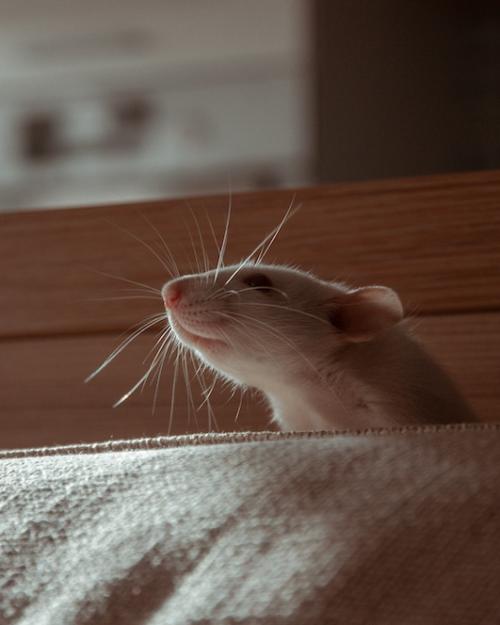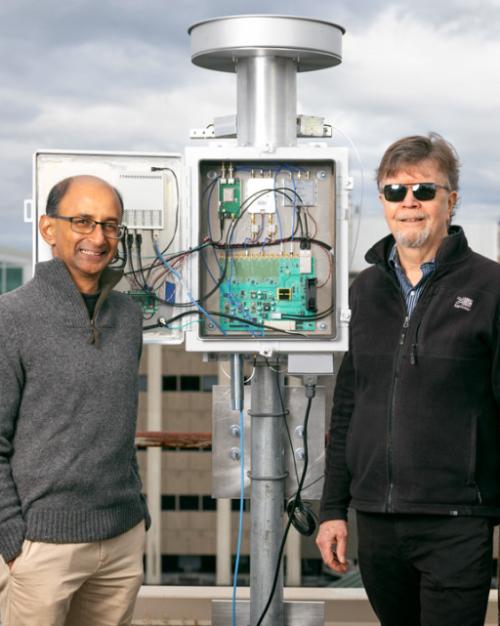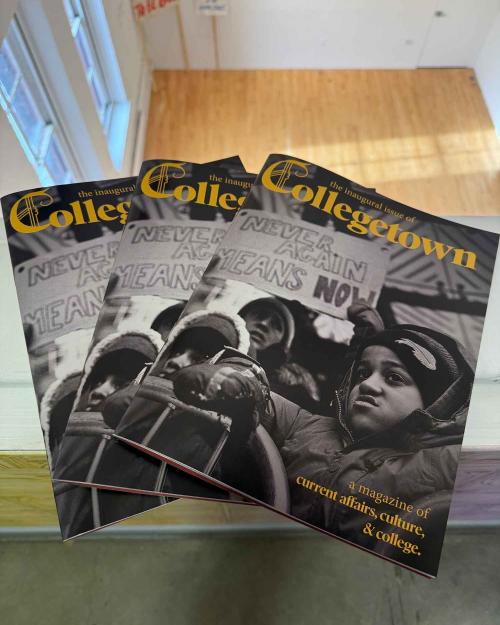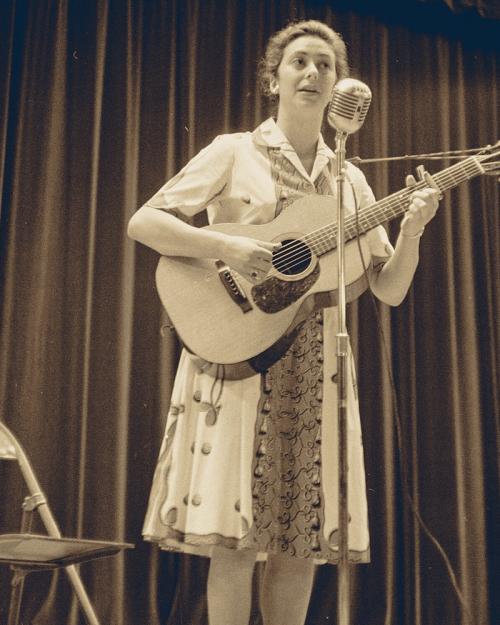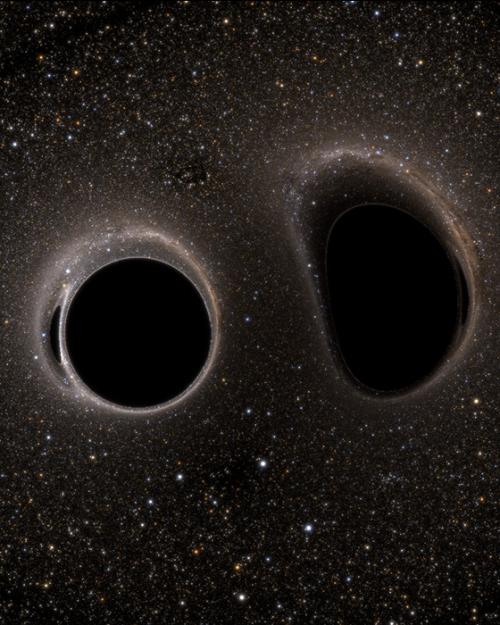Researchers can now browse the updated catalog of binary black hole simulations published this week by the Simulating eXtreme Spacetimes (SXS) Collaboration.
These simulations, developed with significant input from Cornell researchers using code written at Cornell, help scientists analyze gravitational waves observed by the LIGO, Virgo and KAGRA detectors located, respectively, in the U.S., Italy and Japan.
“Our goal, collaboration-wide, is to produce accurate, trustworthy waveforms,” said Nils Deppe, assistant professor of physics in the College of Arts and Sciences (A&S) and a member of the collaboration. “In order to analyze a signal that comes into LIGO or another detector, they need to know what they’re looking for.”
“The SXS Collaboration’s Third Catalog of Binary Black Hole Simulations” was published in Classical and Quantum Gravity on Oct. 6. The full catalog is publicly available through the SXS Python package. This update comes six years after the last update to the collaboration's catalog and corresponds to the largest and most accurate catalog of numerical relativity simulations to date.
Researchers use the SXS catalog for many different purposes, Deppe said. Physicists use it as they explore fundamental laws of physics, such as gravity itself. Astronomers use it to answer questions about the cosmos, like piecing together full lifespans of stars, from star formation and existing stars to their end states as black holes.
The updated catalog nearly doubles the total number of binary configurations from 2,018 to 3,756. It includes a wider range of binary black hole orbital eccentricities and relative masses, covering black hole pairs where one is up to 20 times heavier than the other. The update has also removed or rerun some simulations, improving accuracy and expanding possibilities for those who study gravitational waves for clues about the nature of gravity in the universe and the fundamental physics that governs it.
A gravitational wave is a distortion in spacetime created as two extremely dense objects – such as black holes – rotate around each other. LIGO detected its first gravitational wave in 2015, announced in 2016; the international network of LIGO, Virgo and KAGRA announced detection of the 200th in March 2025. LIGO’s four-kilometer-long arms pick up a gravitational wave by measuring changes in distance a thousandth the size of a proton. It’s an amazing feat of engineering, Deppe said, but the data is extremely noisy and the minute wiggles need accurate hypothetical simulations to be interpreted.
That’s where the SXS catalog comes in, as theoretical physicists including Deppe compute possible scenarios.
“Our job is to give LIGO models of these wiggles: how quickly the detector mirrors move back and forth depends on how heavy the black holes are that are orbiting, how rapidly they’re spinning and how far away they are,” Deppe said. Coming up with numerically accurate simulations requires a whole pipeline of researchers. While other collaborators calculate the initial conditions for two binary black holes, Deppe’s role is to then evolve the projected motion of two interacting black holes numerically.
“I take the initial data and make the two black holes go around and collide,” he said. “It’s a computationally heavy process. We run it on supercomputers.”
SXS uses the Spectral Einstein Code (SpEC), highly efficient code developed at Cornell, to make these calculations. The data is hosted through a service at California Institute of Technology (CalTech).
Keefe Edward Alden Mitman, Hubble Postdoctoral Fellow in astronomy and astrophysics with the Cornell Center for Astrophysics and Planetary Science (CCAPS) in the College of Arts & Sciences, carries out yet another step in the pipeline, taking simulations and producing a waveform model astronomers can compare to observations. He helped to update the catalog simulations to address an effect called gravitational wave memory. Predicted by Einstein’s theory of general relativity, gravitational wave memory suggests that spacetime is permanently altered by a gravitational wave.
“Previous numerical relativity simulations were unable to capture this effect, but we’ve recently figured out how to correct our simulations to include it,” Mitman said.
Michael Boyle, research associate with CCAPS (A&S), is working to combine the analytical models with the numerical models for very long wavelengths without losing accuracy.
“If there’s a specific event we’re not good enough for, we’re happy to run follow up simulations,” Deppe said. “This is a symbiotic relationship, where they [researchers monitoring incoming waves] detect something we’re not able to model currently and we try to produce those simulations.”
The SXS Collaboration’s third catalog received support from the National Science Foundation, NASA, European Union’s ERC Advanced Grant through the Max Planck Institute.
Kate Blackwood is a writer for the College of Arts and Sciences.
